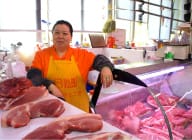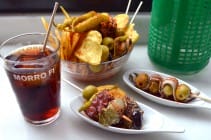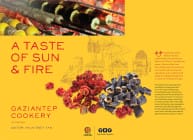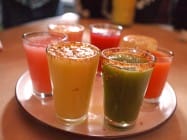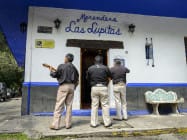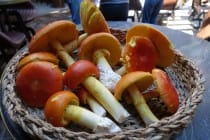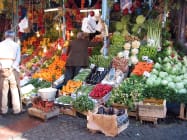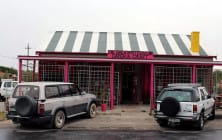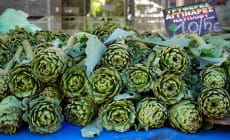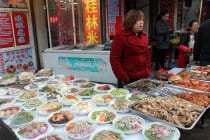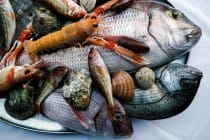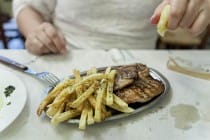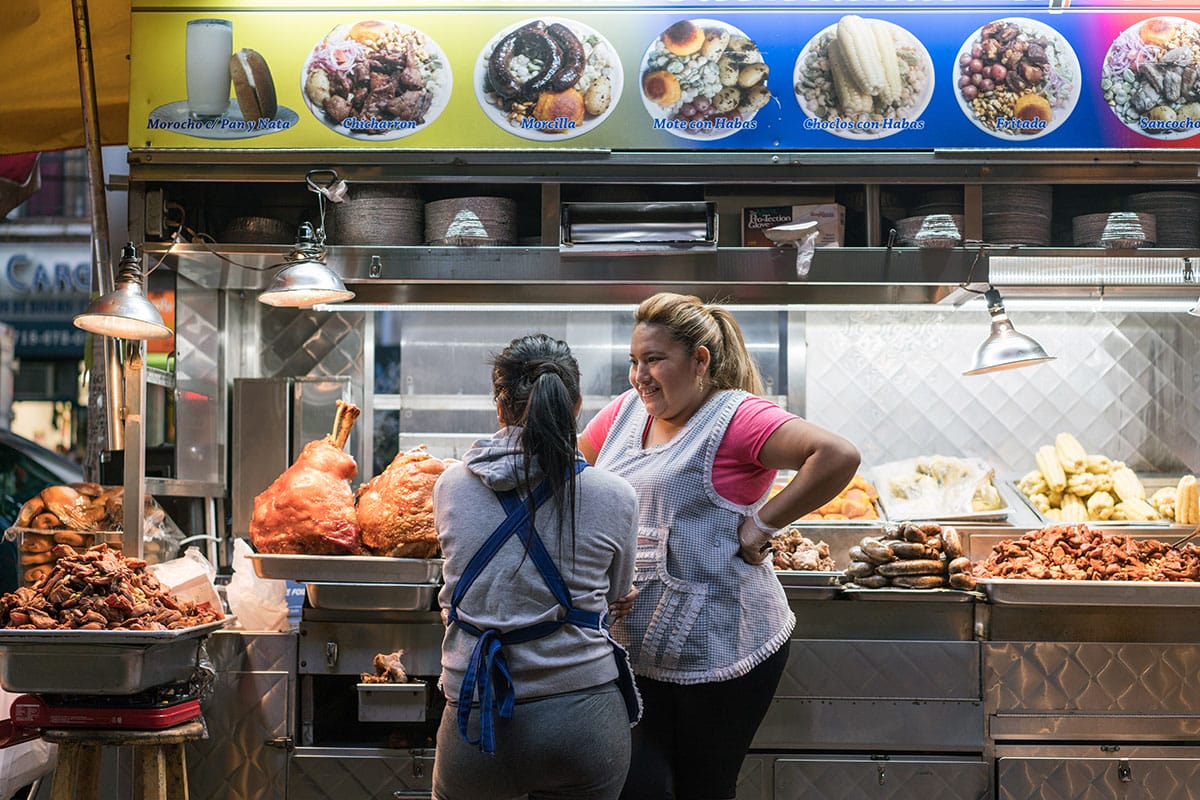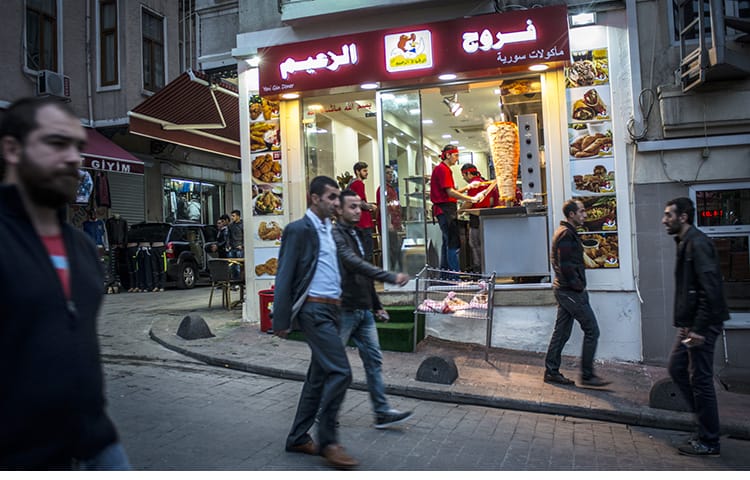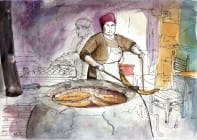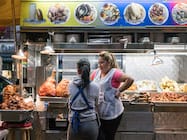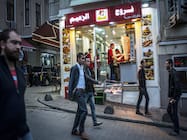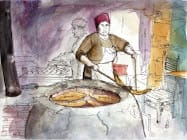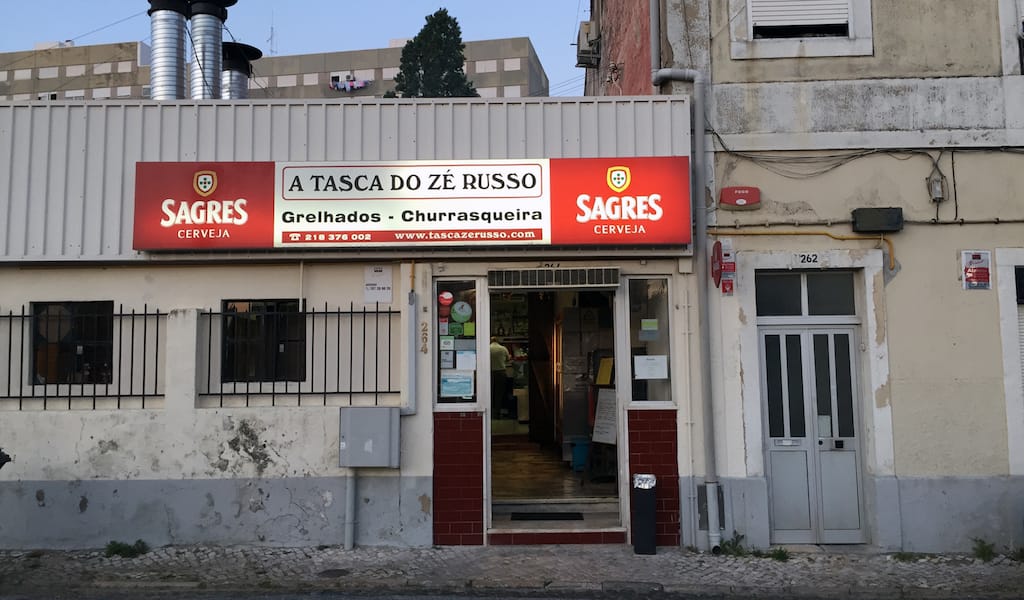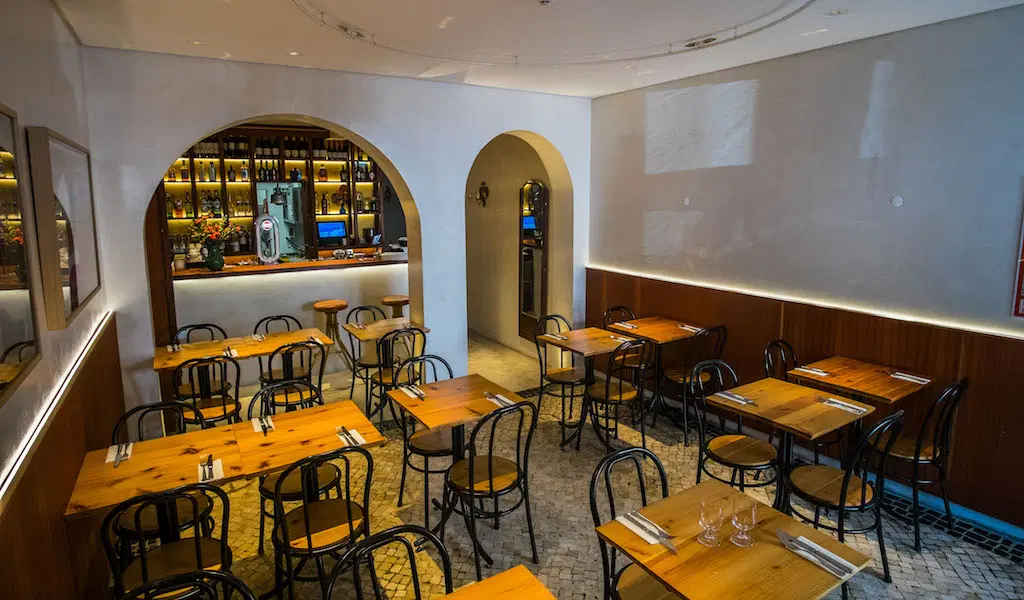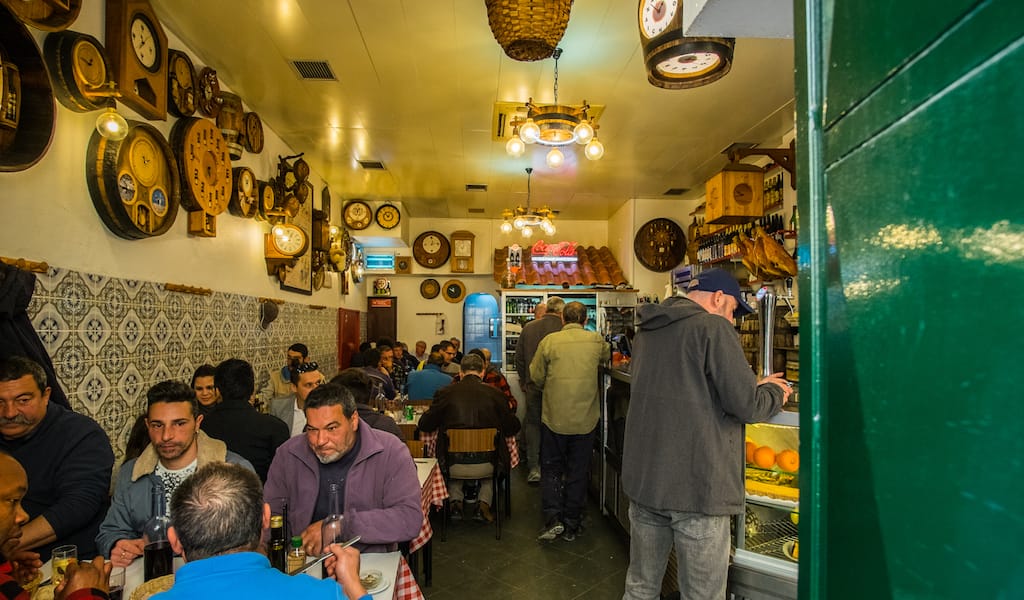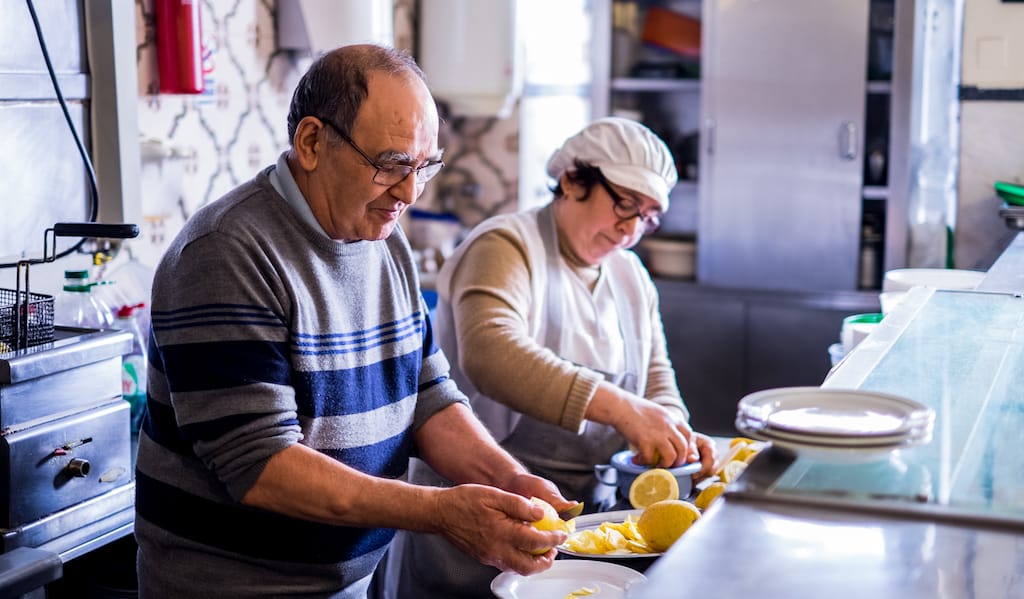Considering how much hype has been laden upon it since 2016, when a few galleries moved into some of its former warehouses, you’d think the light-industrial, heavily residential neighborhood of Marvila would already be out of fashion.
Yet, step outside the cluster of streets hosting these art spaces, co-working hubs, brewer-bars and the famed cultural center Fabrica Braço de Prata, and Marvila as a whole still feels a long way from being the next big thing.
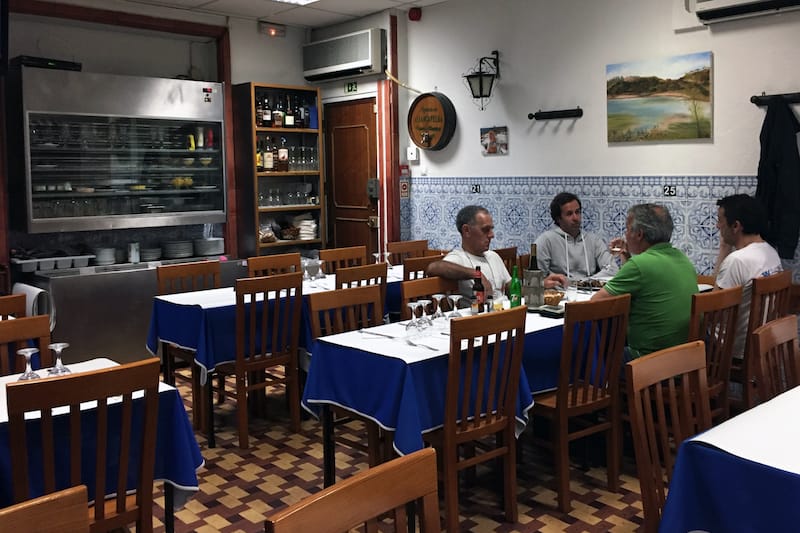
Located between Lisbon’s airport and the river Tejo, this sprawling eastern district is mostly unchanged when you move away from the marginal and towards its heart: the expansive Parque Bela Vista. The residential towers and unused, overgrown plots of land surrounding the park give the area a forgotten-about air, despite the fact that it is quite densely populated, with residents crowding its three metro stations to get to and from work every weekday. The district’s sprawl and the abundance of empty industrial spaces have captured outsiders’ imaginations, but the startup incubators and clubs that have moved in have not pushed anyone out, at least for now.
As the hype continues apace, one restaurant stays standing without fear or bother. Founded in 1938, Tasca Zé Russo – down the end of an indistinct road with some parked delivery vans and not much else – was initially a greengrocers/food store and carvoaria (coal shop) serving what was at the time a poor, rural suburb. “At that time there were just farms around here, so this is where people came to get everything they needed,” says Gina, the granddaughter of the original owner who now runs the restaurant.
“This is just a local restaurant for local people.”
Its three low-lit rooms (a refreshing break from the usually harsh tasca neon lighting elsewhere in the city) are charmingly decorated with her own impressionistic paintings – and one portrait of her granddad. “The grocery closed down after some years because there were too many people not paying, so my grandfather decided to keep just the taberna (serving petiscos and wine) and the carvoaria. Then the gas arrived and the carvoaria disappeared too. So this remained as a casa de comida (house of food) – as it was called after the 1950s.”
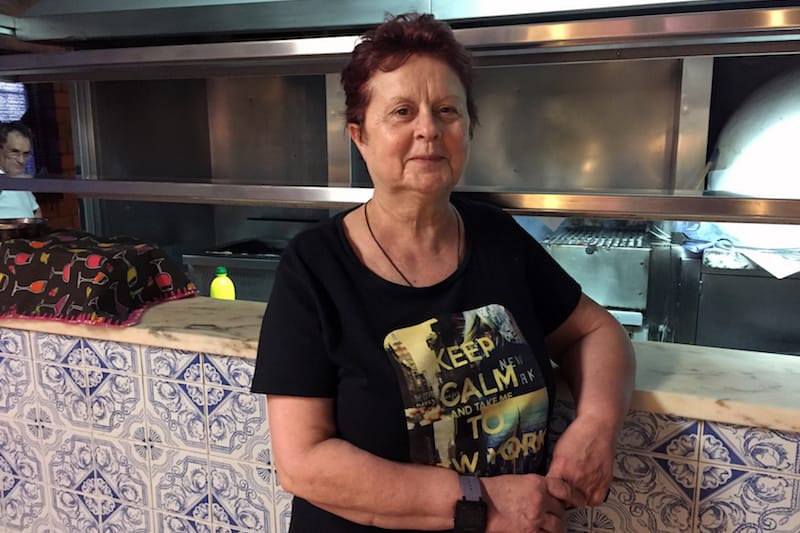
The specialties here haven’t changed much since then, as the menu is centered on grilled meat and fish, with the piano de porco preto – black Iberian pork ribs – an exemplary display of grill master José’s fire skills. The restaurant is also well known for its frango “á Guia” – a recipe from the coastal city of Albufeira for chicken that is marinated in an oregano, chile and sometimes butter sauce before being grilled. Whatever you choose from the menu, expect abundant, well-seasoned and classic Portuguese barbecue done better than usual.
Eighty years after Zé Russo first went into business, Gina’s staff, including the friendly waiter João, isn’t worried about any takeover from tourists, startups or anyone else. “We don’t even get passing truck drivers here because we don’t do the [overpriced] expense receipts for them,” João says. “This is just a local restaurant for local people.” In Lisbon, finding a place like this is more than a rarity: it’s a blessing.
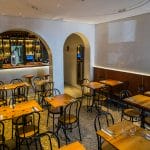 March 29, 2019 Cacué
March 29, 2019 Cacué
José Saudade e Silva always knew, deep down, that he wasn’t cut out for tedious office […] Posted in Lisbon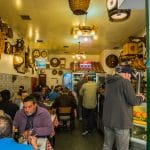 April 11, 2018 Tasca Tables
April 11, 2018 Tasca Tables
Most tascas’ walls are covered with tiles, framed family or hometown pictures and soccer […] Posted in Lisbon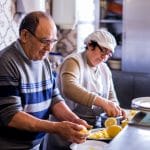 February 1, 2018 Tasca Tables
February 1, 2018 Tasca Tables
To describe something that is better than good, Portuguese speakers sometimes use the […] Posted in Lisbon
Published on May 23, 2018
Related stories
March 29, 2019
LisbonJosé Saudade e Silva always knew, deep down, that he wasn’t cut out for tedious office life. So one day in 2014, after studying marketing and working a 9-to-5 job in that same field, he bought a one-way ticket to Oslo, where he had some friends. He didn’t exactly know how he would make a…
Feast in a tasca just like this on our Lisbon Awakens tour.
April 11, 2018
LisbonMost tascas’ walls are covered with tiles, framed family or hometown pictures and soccer teams’ scarves. But inside A Provinciana, located between the neighborhoods of Restauradores and Rossio, the main decorative objects are dozens of original handmade wall clocks. Some work, some don’t, but all have great meaning for Américo, the owner of this establishment…
February 1, 2018
LisbonTo describe something that is better than good, Portuguese speakers sometimes use the word espectáculo (show, spectacle) as an adjective. João Gomes, the owner of Imperial de Campo de Ourique, does it every five minutes. He practically trademarked the phrase “É um espectáculo” (It’s a show/spectacle), to the point that he has it embroidered on…
















